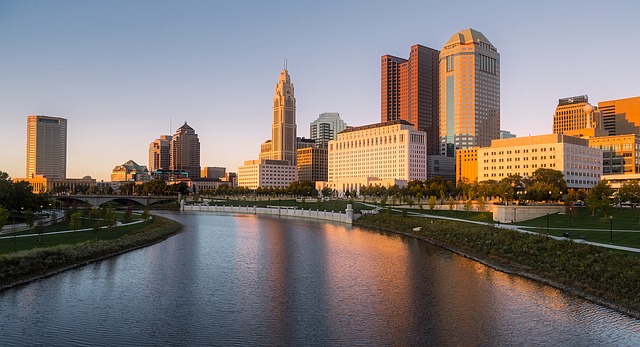If any real estate trend has become obvious in recent years, it is this: Things are happening in the secondary and tertiary markets. Big things.
That’s where the jobs are and where the cost of living is most favorable — and where, as a result, people are going and the need for housing is most acute.
No longer are businesses locked into big cities. Such places are less and less affordable, and in an online economy companies are increasingly looking toward the hinterlands.
The proof is in the pudding. While the major metropolitan areas thrived immediately after the 2008 Recession ended, things have changed in recent years. It is projected that in the five-year period beginning in 2016, cities like Chicago, New York and Los Angeles will grow at 0.2 percent, while secondary spots like Phoenix, Charleston and Boise will grow at 1.6 percent.
That was one of many conclusions drawn in an exhaustive Buildium.com blog post about the top 50 secondary markets, a list that included such Midwestern cities as Columbus, Cincinnati, Ohio, Detroit, Grand Rapids, Mich., Indianapolis, Madison, Wis., and Minneapolis.
In these 50 spots, Buildium concluded, the population was rising twice as fast as the rest of the country, in no small part because job growth was at least that rapid. Home values were increasing 50 percent faster than in the U.S. as a whole, rents 20 percent more quickly.
The report lists Tampa, St. Petersburg and San Jose tops among Tier I cities, and Seattle, Scottsdale, Ariz., and Riverside, Calif., as the most inviting Tier II markets. In the first of those classifications, Columbus was 15th, while in the second Minneapolis was ninth, Madison 11th, Indianapolis 16th, Grand Rapids 19th, Detroit 22nd and Cincinnati 24th.
Other reports have listed Austin, Tex., Orlando, Fla., and Nashville as the most promising smaller cities, and asserted that urban initiatives, downtown amenities and a strong educational system are the factors that will sustain economic growth.
The first of those things is most in evidence in places like Portland, Pittsburgh and Denver, while evidence of the last can be found in such college towns as Columbus and Madison, home to Ohio State University and the University of Wisconsin, respectively.
As for the downtown amenities, they include such things as shops, theaters and restaurants, and it has been found that the more walkable a place is, the better. And if major metropolitan areas have been dubbed “24-hour cities,” their smaller counterparts are at the very least “18-hour cities.” That seems to be good enough to attract people, and to raise the need for accommodations.
For those and other reasons, then, secondary and tertiary cities are on the rise. It is a trend that shows no signs of abating.





